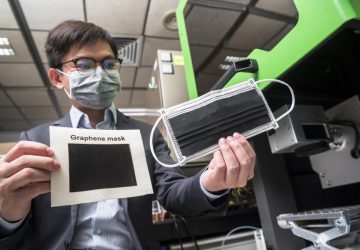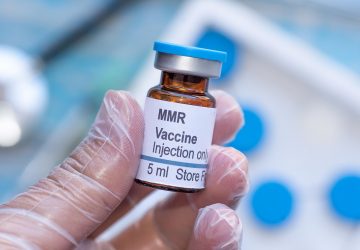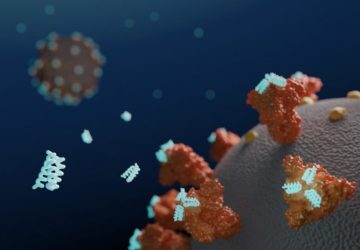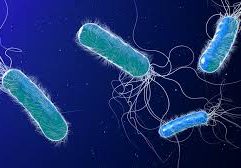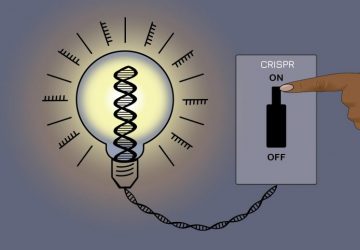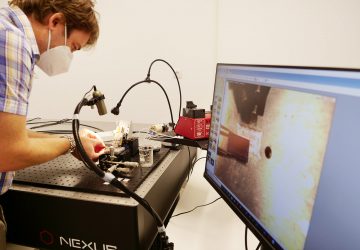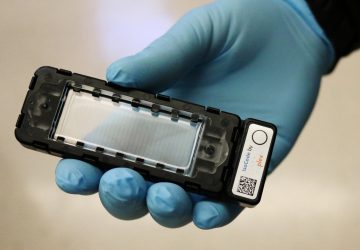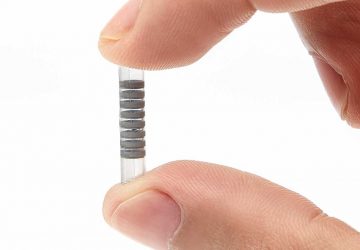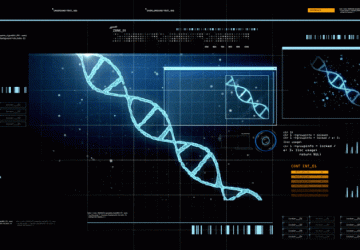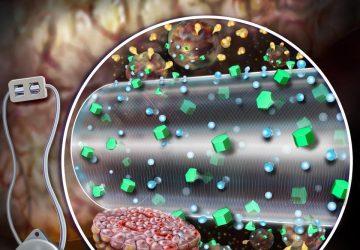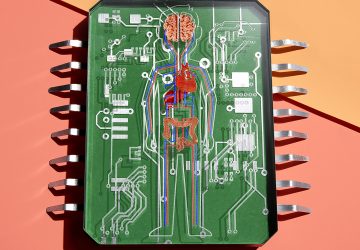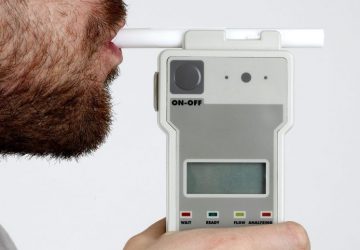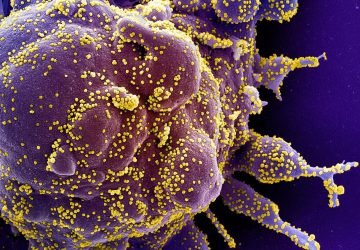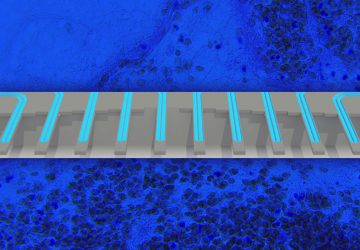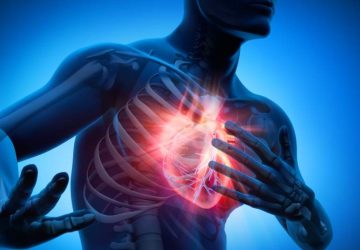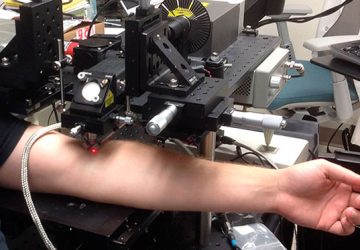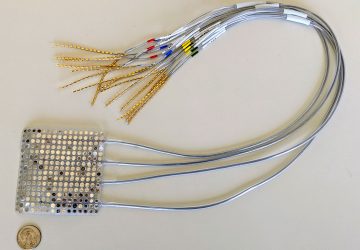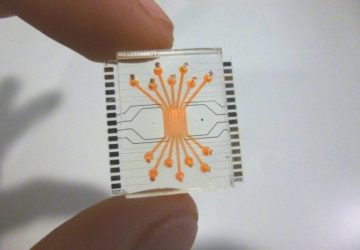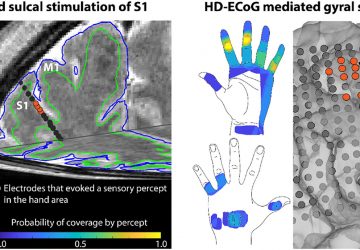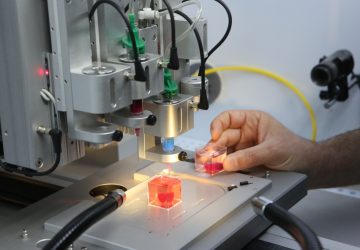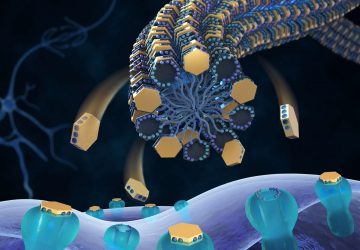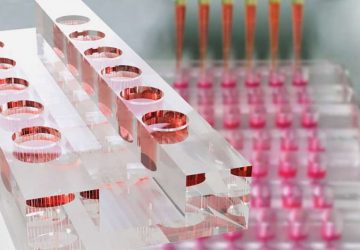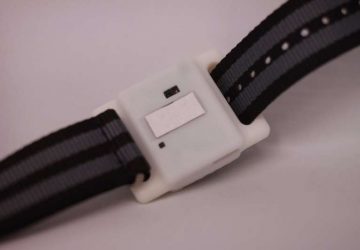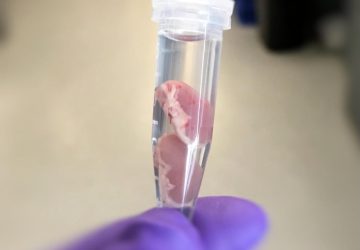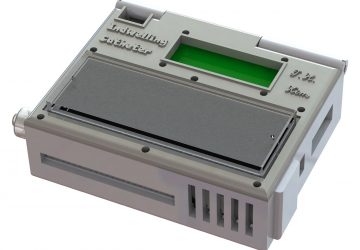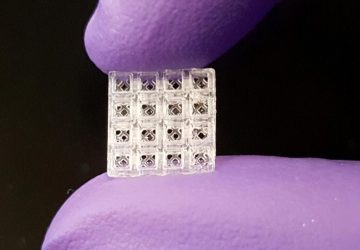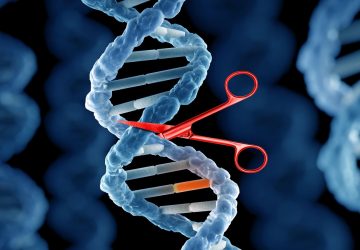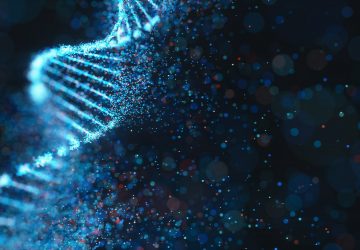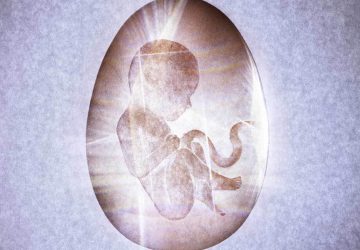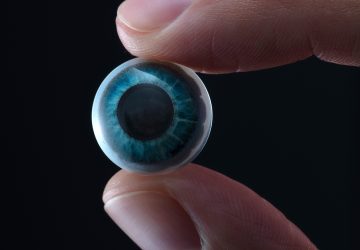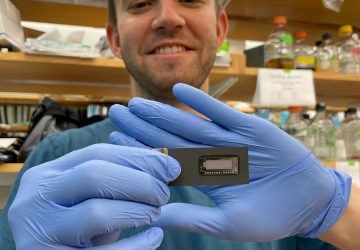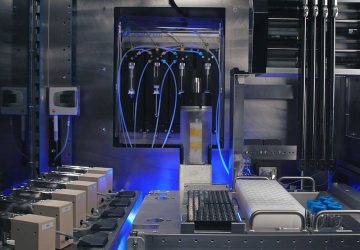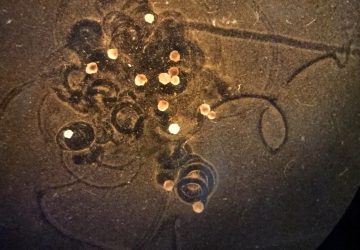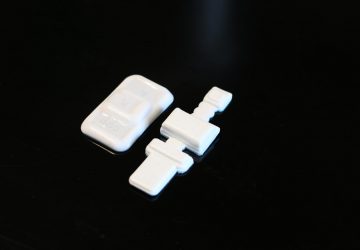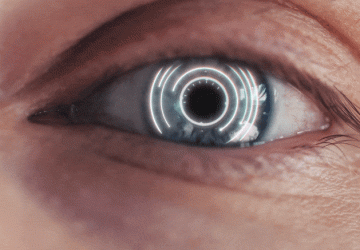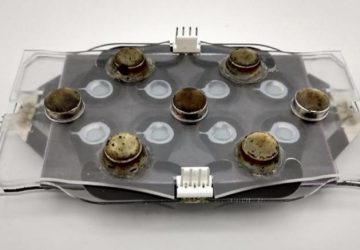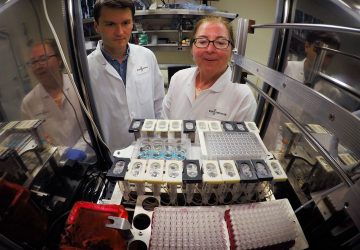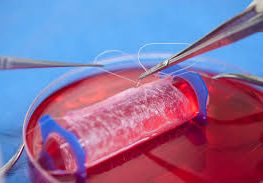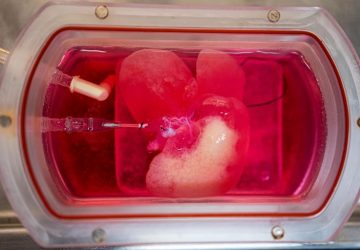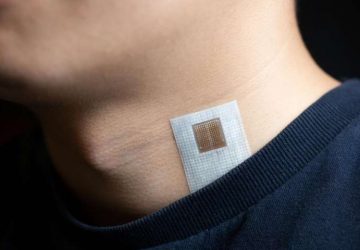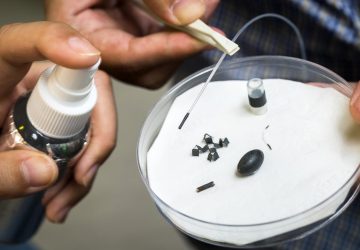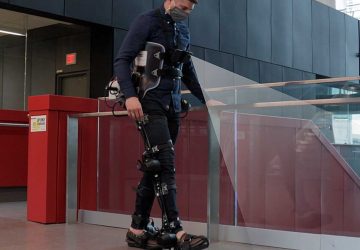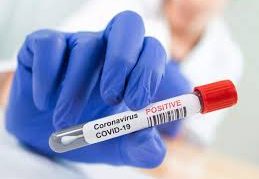Wild animals that have acquired adaptions to maximize their reproductive output in some of the world’s most extreme conditions may provide answers to some of the most pressing problems in the field of human reproductive health. A newly published article by Michelle Shero, assistant scientist at the Woods Hole Oceanographic Institution’s (WHOI) Biology Department, examines how the study of seals in particular can benefit human health, and it integrates various…
Read MoreChallenges of Tuberculosis in Iran
Abstract Background: Despite the implementation of the national control program, tuberculosis is one of the greatest health problems in Iran. The prevalence of different strains in specific ethnic populations suggests that Mycobacterium tuberculosis transmission has been limited and restricted to close contact. Objectives: In the present review, we describe the epidemiology of tuberculosis in Iran. Methods: In this review article, databases including Scopus, PubMed, and Google scholar were used to search for…
Read MoreWeighing Cancer Cells To Personalize Drug Choices and Help With Treatment Decision-Making
A new study shows a link between patient survival and changes in tumor cell mass after glioblastoma treatment. Researchers at MIT and Dana-Farber Cancer Institute have developed a new way to determine whether individual patients will respond to a specific cancer drug or not. This kind of test could help doctors to choose alternative therapies for patients who don’t respond to the therapies normally used to treat their cancer. The…
Read MoreBio-Inspired Slow-Release System: Mimicking Nature To Provide Long-Lasting Local Anesthesia
Bio-inspired slow-release system for site 1 sodium channel blockers mimics the anesthetics’ natural receptors in the body. Site 1 sodium channel blockers such as tetrodotoxin and saxitoxin are small-molecule drugs with powerful local anesthetic properties. They provide pain relief without toxic effects on local nerves and muscles, and are an attractive alternative to opioids. But injected by themselves, they can easily float away, causing severe systemic toxicity. Encapsulating these drugs…
Read More“Mini” CRISPR Genetic Editing System Engineered – Easier To Deliver Into Human Cells for Gene Therapy
Bioengineers have repurposed a “non-working” CRISPR system to make a smaller version of the genome engineering tool. Its diminutive size should make it easier to deliver into human cells, tissues, and the body for gene therapy. The common analogy for CRISPR gene editing is that it works like molecular scissors, cutting out select sections of DNA. Stanley Qi, assistant professor of bioengineering at Stanford University, likes that analogy, but he…
Read MoreBuilding a Better Bioartificial Pancreas for More Effective Treatment for People With Type 1 Diabetes
Brigham bioengineers have developed a convection-enhanced macroencapsulation device that offers the potential of faster and more effective treatment for people with type 1 diabetes. More than 40 million people worldwide are affected with type 1 diabetes (T1D) mellitus, an autoimmune disease in which insulin producing β-cells in the pancreas are destroyed by the immune system. Today, there are several new and emerging treatment methods for type 1 diabetes, including macroencapsulation…
Read MoreResearchers evoke sense of touch through brain implant electrodes
In a first-in-human study, researchers at The Feinstein Institutes for Medical Research elicited the sense of touch through a minimally-invasive electrode brain implant. This research, published recently in Brain Stimulation, has the potential to help millions of people who live with paralysis and neuropathy. Many illnesses and injuries, including stroke, diabetes or spinal cord injury, can produce loss of touch, which makes everyday movements difficult and takes an emotional toll…
Read MoreInnovative Coating for Blood Vessels Substantially Reduces Rejection of Transplanted Organs
Researchers have found a way to reduce organ rejection following a transplant by using a special polymer to coat blood vessels on the organ to be transplanted. The polymer, developed by UBC medicine professor Dr. Jayachandran Kizhakkedathu and his team at the Centre for Blood Research and Life Sciences Institute, substantially diminished rejection of transplants in mice when tested by collaborators at SFU and Northwestern University. “We’re hopeful that this breakthrough will…
Read MoreNew DNA Technology Based on CRISPR Could Revolutionize Medical Diagnostics
Scientists have repurposed the genetic modification technology CRISPR to identify antibodies in patient blood samples in a move that could inspire a new class of medical diagnostics in addition to a host of other applications. The technology involves customizable collections of proteins which are attached to a variant of Cas9, the protein at the heart of CRISPR, that will bind to DNA but not cut it as it would when…
Read More

